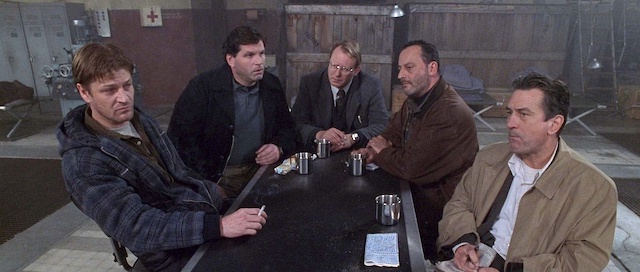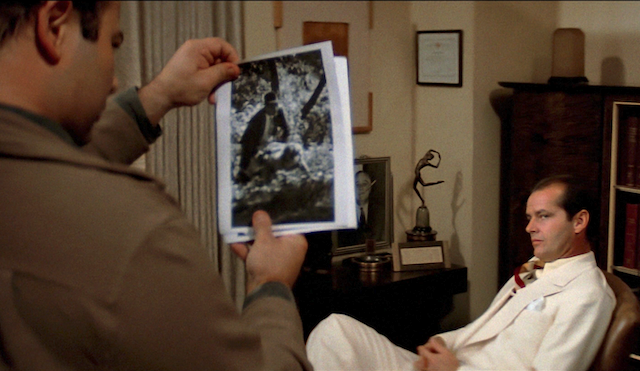After the Midpoint Avoid the Muddle

The Midpoint
After the midpoint, your sleuth may discover that she’s been going down the wrong path and has to rethink everything. He may be so discouraged he thinks about giving up.
Where The Muddle Gets Muddled
You may have heard about the muddle in the middle of writing a novel. In mysteries, the third act is often the weak point. Think about all the ways your detective is not seeing the whole picture.
Another way where this part of a story can feel slow is a lack of rising tension. Each time your detective meets and obstacle, raise the stakes of what they will lose.
Act Three – Crisis
As you enter Act Three, after the midpoint, your sleuth looks for a new approach to solving the puzzle and it doesn’t go well. Your sleuth must reexamine everything he learned in Act Two. Clues turn out to be false. Suspects haven’t revealed the truth. And in the background, the villain, now still one of the suspects, works to keep the sleuth from discovering their misdeed.
The midpoint comes between Act Two and Act Three in the four-act story structure. It isn’t just the middle of the story. The story pivots. In a mystery, the sleuth has spent the first half evaluating the crime and discovering the victim’s world
In this same act, add complications and twists to the subplot(s) to extend characters and echo themes in the main story.
Pinch Point
In about the middle of Act Three, the second pinch point shows your sleuth that the new direction she chose after the midpoint will not get her the results she wants. The undiscovered villain may set a trap that confuses your sleuth. Your sleuth realizes he’s in over his head.
Now your sleuth must gather forces. She may find new support, discover new evidence, and somehow get closer to discovering the murderer. Your sleuth examines all the old evidence with new information and a fresh approach. He’s looking for the evidence or suspect statement he overlooked before.
Now on a new discovery path, your sleuth feels she’s closer to the killer.
Plot Point
The killer antagonist uses a smokescreen and everything the sleuth thought he knew leads nowhere. Your sleuth needs to clear his vision of the victim’s world and taa different approach.
Act Four – Climax and Wrap Up
Your detective is captured or blocked from finding the killer. The victim’s world becomes more of a mystery. She’s just not seeing anything the right way. If she’s trapped/captured, there’s no way out.
Rising Conflict
But then, your sleuth sees a way out. After the escape from the trap or block, he starts rethinking and gets a glimpse of who the killer might be. But, there’s still something that isn’t clear. He gets ready to confront the killer, but there’s one last defeat, and it’s the biggest of all.
Your detective knows the killer is dodging but can’t get to that final confrontation. For the moment, the killer survives any accusation.
Your detective finally finds the killer. But the killer has a surprise for the detective. Your detective may have made a false assumption or misread the killer’s intent. The killer pulls out one last trump card, one the detective didn’t expect. Whether it’s a battle of wits or hand to hand fighting, the killer plays that one last card.
Your detective finally realizes how to confront the villain and challenges him face to face. At this point, your sleuth reveals the murderer. In addition, your sleuth shines the spotlight on her special skill(s) that led her to this final confrontation and revelation.
In the midst of all this rising action, bring each subplot to conclusion, because once your sleuth reveals the killer, you’ve finished your unwritten agreement with your reader to solve the puzzle.
In Act Four, you pull out all the stops. The confrontations and reversals are the most challenging in your mystery. The villain has the upper hand. Except…
Revelation and Wrap Up
Once your sleuth has revealed the villain, wrap up your mystery. When the killer is revealed, bring your story to a quick conclusion.
Think of The Plot Points as Tent Poles for Your Story
Writers new to novel writing have a tendency to aim for the ending. Instead, as you write the second half of your mystery, aim for the next plot point. You’ll find each section is rich in conflict, raising the stakes as you go.
The focus of each section will be clear—getting to the next plot point. You’ll build a rich, detailed, and exciting story by raising new questions and conflicts and taking your sleuth in new directions. By adding new complications, you’ll keep your reader from losing interest as they focus on the current situation.
Don’t be afraid to threaten your detective, redirect their focus, and toss complications into the mix.
You’ll find writing each section builds intrigue and curiosity for your reader.
Photo by Joshua Rawson-Harris on Unsplash





